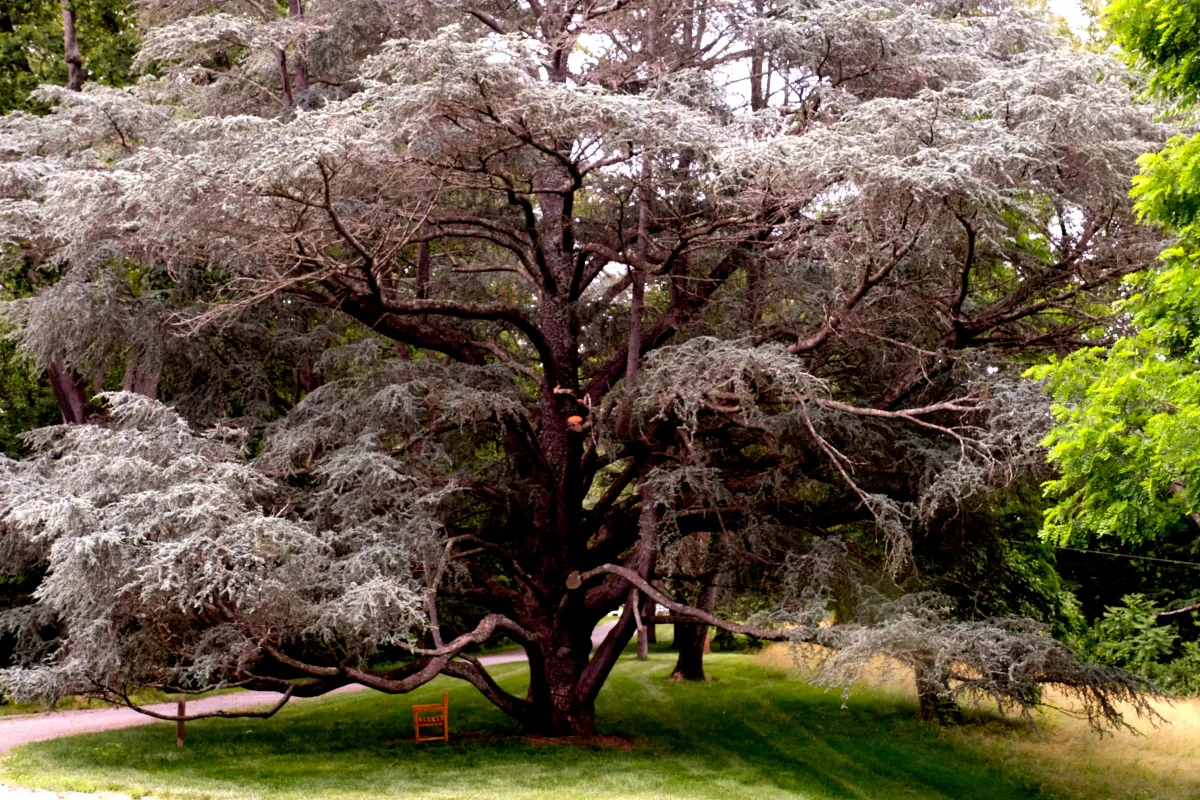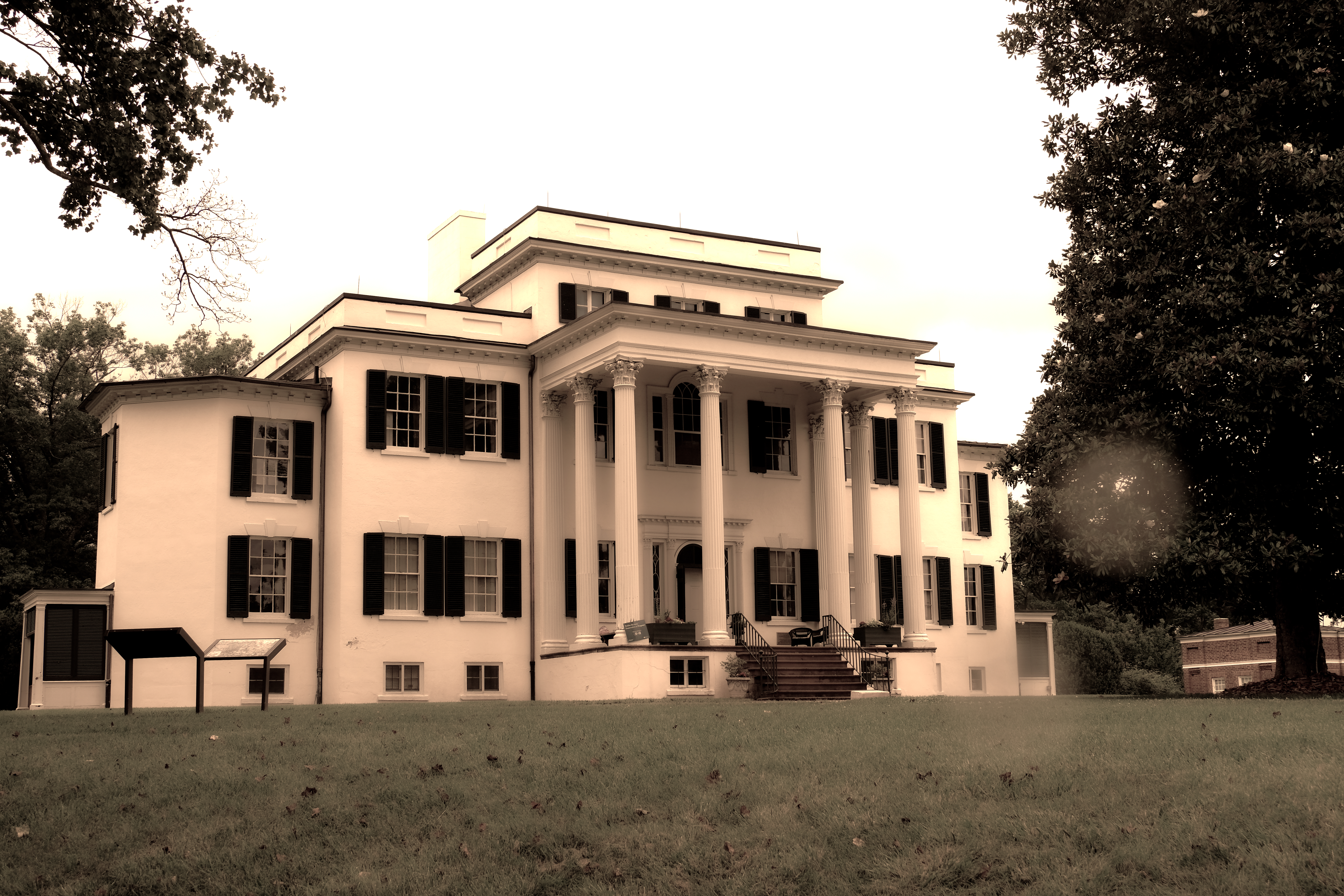
Adding GPS Data to your photos
How to Add GPS Tags to Your Photos in MYLIO (Even if Your Camera Doesn’t Have Built-In GPS)
Hey friends!
I wanted to share a quick tip with you today—something that comes in really handy when you're out capturing historic sites or important family locations with your digital camera.
I recently spent some time photographing Oatlands Plantation, a beautifully preserved pre-Civil War site in Loudoun County, Virginia. I was using my Fujifilm X-T series camera, which I absolutely love—great lens, amazing color profiles. But there's one thing it doesn't have: built-in GPS tagging.
That’s where my phone steps in.

Why GPS Tagging Matters
When you're documenting places that are meaningful to your family legacy—or even just organizing your photo archive—being able to pinpoint the exact location of a photo later can be incredibly valuable. Whether it’s for storytelling, sharing with family, or just remembering where you stood when you took a shot, those GPS tags are pure gold.
The Workaround: Using Your Phone
Since my Fuji doesn’t tag photos with GPS data, I’ve developed a simple workaround:
Whenever I’m doing a shoot, I make sure to snap a couple of photos with my phone. These phone photos automatically embed the GPS location, which I can later transfer to the photos taken with my Fuji.
Let me walk you through how I do it in Mylio (the photo management software I use).
Step-by-Step: Transferring GPS Tags from Your Phone to Camera Photos
Review JPEG Versions
In Mylio, I start by viewing the JPEG versions of my Fuji photos. (The Fuji saves both RAW and JPEG, and I actually love the in-camera JPEG processing—it really brings out the color.)Switch File Views (Optional)
You can toggle between RAW and JPEG in Mylio by going to:Settings>General> Toggle "Prefer RAW when available"
I usually stick with JPEG unless I need the extra data from RAW.
Find a Phone Photo with a Location Tag
Look for the little location pin icon in the top left corner of the thumbnail—that means GPS coordinates are embedded. Select the photo, and Mylio will show you the coordinates on the map.Copy the Coordinates
On a Mac, it’s Command + C. On Windows, it’s Ctrl + C.Select Photos That Need GPS Tags
Back in your library, identify all the Fuji photos that don’t have a location tag. (They’ll be missing the pin icon.) Select them.Paste and Apply
Scroll down to the map view. It’ll show as blank. Click in the GPS field and paste the coordinates (Command + V on Mac, Ctrl + V on Windows).
Then hit Apply GPS to X Media—and just like that, your images are tagged!Verify the Tag
Click into one of the previously untagged images, and you’ll now see the GPS metadata—including the location name and exact coordinates.

A Bonus Tip: Tag as You Go
If you're visiting a larger location—like Oatlands, which has a lot of grounds—take a phone photo every time you move to a new area. Later, you can assign different coordinates to different photos. That way, if you want to recreate a specific photo later, you’ll know exactly where to go.
Final Thoughts
GPS tagging may seem like a small thing, but when you're preserving family history—or even just trying to stay organized—it makes a huge difference. Using your phone as a tool alongside your camera ensures nothing gets lost, even if your camera doesn’t do it natively.
Thanks for reading, and I hope this helps you on your own journey to preserve the stories behind the photographs.
Until next time,
Mike
